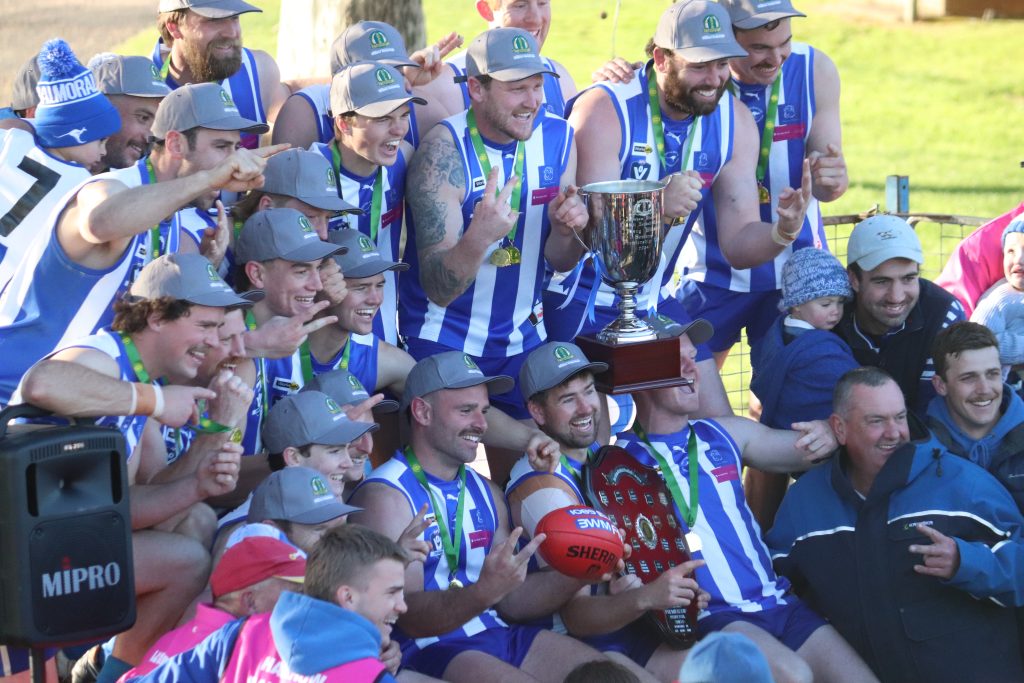It’s August 26, 2021. On a cold Tuesday morning, Carlton coach David Teague walks nervously into Ikon Park, carrying an air of inevitability about what’s about to take place. After weeks of speculation, countless meetings and an external review into the club’s football department, Teague is told the bad news. He is sacked as head coach of the Carlton Football Club with over 12 months left on his contract.
This leaves a lasting impression on other clubs, shattering Teague’s reputation. And just like that, Teague’s time in the industry was all but over.
Such is the brutal reality of being a senior AFL coach. But what if instead of just being fired, and left to suffer the consequences, Teague was instead traded?
Trading players is a prominent part of modern-day football. The first player trade occurred back in 1988 when Essendon’s Glenn Hawker was moved to Carlton. Since then, there have been continuous modifications to the way the process is undertaken. So why hasn’t trading been introduced for coaches?
Former senior coach Terry Wallace believes that the trading of coaches could have been beneficial for his own career.
“For me, if that opportunity had of arisen at the time that I was contemplating a move from the Western Bulldogs, it may have allowed myself and the club to have more mature discussions about the pros and cons for both parties,” he told upstart.
Wallace left the Western Bulldogs in 2002 after believing he had a more enticing coaching role at the Sydney Swans. When that fell through, he became Richmond’s senior coach for the 2005 season before resigning in 2009.
His five-year stint at the Tigers proved to be a gruelling tenure, largely in contrast to the success he enjoyed with the Bulldogs, which included three straight years in the league’s top four teams. Knowing the misfortunes of bad timing, Wallace says that he could see the trading of AFL coaches as a feasible option for clubs in the future.
“Over a period of time, we have seen many changes to our AFL trading rules which has included such things as trading future picks which was never allowed in the past,” he says.
“Things will continue to evolve and mature in the game so I can see no reasons why an established coach who has value to a club could not also be used as a trading tool in the future.”
While Wallace thinks trading coaches can be implemented successfully, ESPN Football Writer Jasper Chellappah points out that the concept requires lengthy consideration.
“The idea would need to be thoroughly discussed by GM of Football Laura Kane and CEO Andrew Dillon in conjunction with the commission at AFL House. This process would take several years,” he says.
“Trading coaches is an idea that should be carefully thought out and brought in with requisite parameters attached, ensuring the league as a whole benefits.”
Wallace believes that if trading coaches was an option in the early 2000s, it could’ve potentially extended his coaching career and enhanced the success he had after leaving the Western Bulldogs.
“It is always interesting to wonder if this flexibility in trading could enhance the opportunities particularly for a senior coach,” he says. “The only time I see that it would assist is when you are perceived to be at the top of your game still.”
“If another club had been prepared to compensate [the Western Bulldogs] either financially or through the trading of players/draft picks it perhaps would have been a completely different conversation,” he says.
In sports like the NFL and NBA in the United States, trading head coaches to another club has been happening for over 50 years. In 1970, NFL coach Don Shula was traded from the Baltimore Colts to the Miami Dolphins. Coach trades have happened seven more times in the league with a lot of success. Four of the seven coaches would go on to take their teams to the NFL’s promised land, the Super Bowl. Five NBA coaches also forged strong coaching resumes following trades.
Since 2000, 80 coaches have walked through AFL club doors, excluding interim coaches. Almost half of them have been officially sacked, while others have resigned with a strong possibility that they would be sacked imminently. Over half of all coaches in the last 25 years have never gone on to be a senior coach again, which paints a bleak picture for sacked coaches and their long-term futures in the AFL’s senior coaching ranks.
For quite a few of the AFL’s unwanted coaches, they have fallen on their sword not necessarily because of their coaching ability, but because of a media dynamic that feasts on coaches’ misfortune. Chellappah believes media treatment of coaches is sometimes poor and the media and club fanbases play a significant role in the future of respective clubs’ coaches.
“Just this year coaches including Luke Beveridge and Ken Hinkley were at risk of losing their jobs according to the media. Both teams find themselves in the finals frame,” he says.
“It is difficult to remedy positions where the club supporters are offside [with the coach]. To that point the fans play a sizeable role in the direction of the football club and mounting criticism has tangible effects on the future of coaches.”
Article: Connor Burns is a third-year Bachelor of Media and Communications (Journalism) student at La Trobe University. You can follow him on Twitter @connor_burns52.
Photo: Matthew Scarlett coaching in May 2019.jpg by Allied45 is available HERE and is used under a Creative Commons Licence. This image has not been modified.






